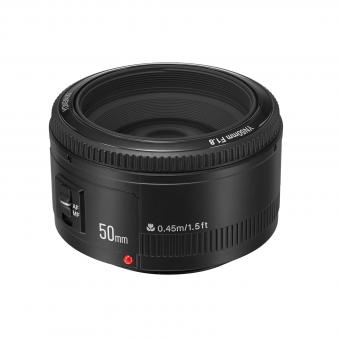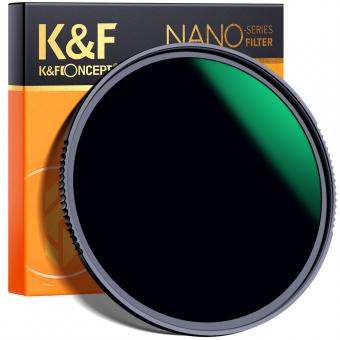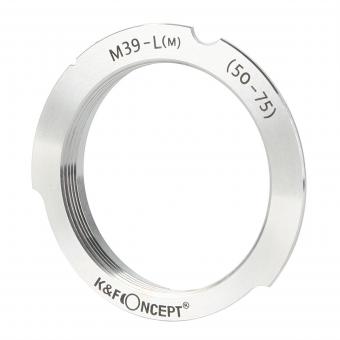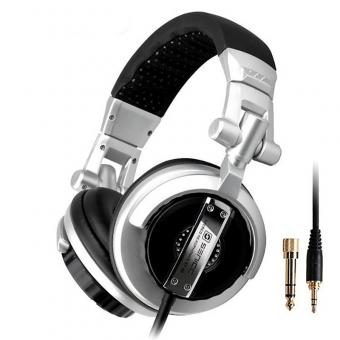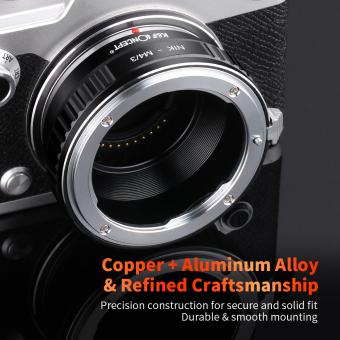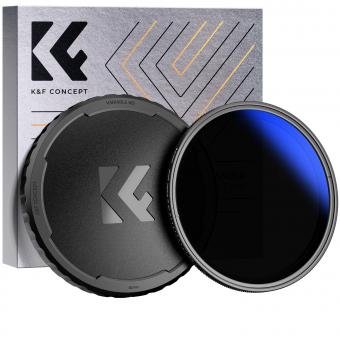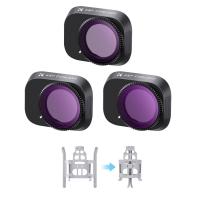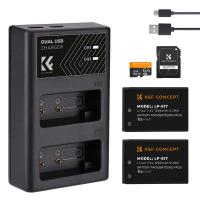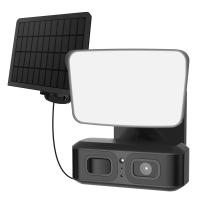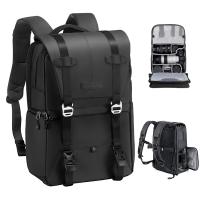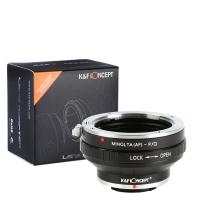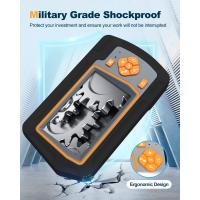What Size Nd Filter For 50mm Lens ?
The size of the ND filter needed for a 50mm lens depends on the filter thread size of the lens. To determine the filter thread size, you can check the lens specifications or look for the symbol "ø" followed by a number on the lens barrel. This number represents the diameter of the filter thread in millimeters. Once you know the filter thread size, you can choose an ND filter that matches that size. Common filter thread sizes for 50mm lenses include 52mm, 55mm, and 58mm, but it can vary depending on the specific lens model.
1、 Understanding ND filters and their purpose
What size ND filter for 50mm lens?
The size of the ND filter you need for your 50mm lens depends on the filter thread size of your lens. You can find this information on the front of your lens or in the lens manual. Once you know the filter thread size, you can purchase an ND filter that fits your lens.
Understanding ND filters and their purpose:
ND filters, or neutral density filters, are essential tools for photographers and videographers. They reduce the amount of light entering the lens without affecting the color or contrast of the image. This allows you to use slower shutter speeds or wider apertures in bright conditions, creating a range of creative possibilities.
ND filters come in different strengths, measured in stops. A 1-stop ND filter reduces the light by half, a 2-stop ND filter reduces the light by a quarter, and so on. The strength of the ND filter you need depends on the lighting conditions and the effect you want to achieve.
The latest point of view on ND filters is that they are becoming increasingly popular among photographers and videographers. With the rise of social media and the demand for high-quality content, ND filters are essential for creating professional-looking images and videos. They allow you to capture stunning landscapes, create motion blur in waterfalls or rivers, and shoot portraits with a shallow depth of field in bright sunlight.
In conclusion, the size of the ND filter you need for your 50mm lens depends on the filter thread size of your lens. ND filters are essential tools for photographers and videographers, allowing you to create a range of creative possibilities. They are becoming increasingly popular among content creators, and their importance cannot be overstated.
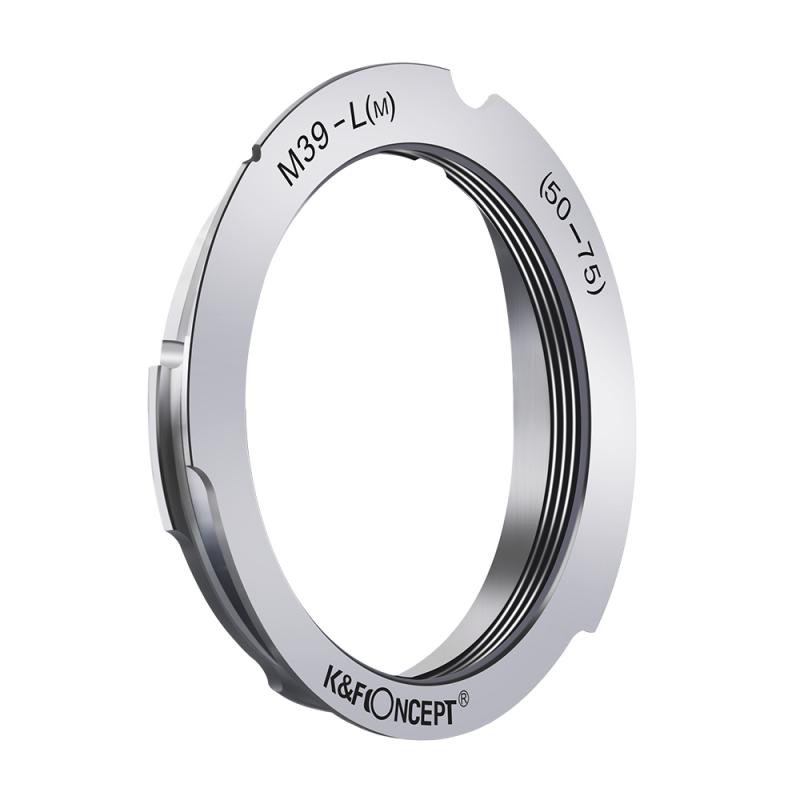
2、 Choosing the right ND filter strength for your needs
Choosing the right ND filter strength for your needs is crucial to achieving the desired effect in your photography. ND filters, or neutral density filters, are used to reduce the amount of light entering the camera lens, allowing for longer exposure times and wider apertures. This can be useful in a variety of situations, such as capturing motion blur in waterfalls or creating a shallow depth of field in bright sunlight.
When it comes to selecting the right ND filter strength for a 50mm lens, it depends on the specific situation and desired effect. Generally, a 2-stop or 3-stop ND filter is a good starting point for most situations. However, if you are shooting in extremely bright conditions, such as midday sun, you may need a stronger ND filter, such as a 6-stop or 10-stop.
It's important to note that different brands and types of ND filters may have slightly different strengths, so it's always a good idea to test your filter before shooting in a critical situation. Additionally, some photographers prefer to stack multiple ND filters to achieve a stronger effect.
In recent years, there has been a growing trend towards using variable ND filters, which allow you to adjust the strength of the filter by rotating the front element. While these can be convenient, they may not be as optically precise as fixed-strength ND filters.
Ultimately, the right ND filter strength for your 50mm lens will depend on your specific needs and shooting conditions. Experimentation and testing are key to achieving the desired effect in your photography.
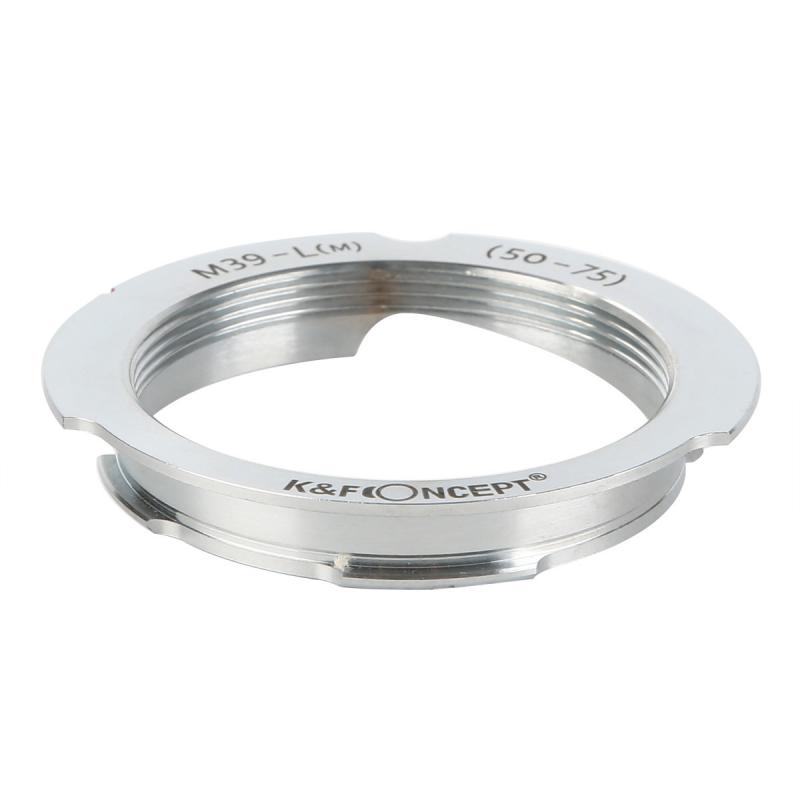
3、 Factors to consider when selecting an ND filter size
Factors to consider when selecting an ND filter size:
1. Lens diameter: The first factor to consider when selecting an ND filter size is the diameter of your lens. ND filters come in different sizes, so it is important to choose the right size that fits your lens. For example, if you have a 50mm lens, you will need to choose an ND filter that fits a 50mm lens.
2. Filter thread size: Another factor to consider is the filter thread size of your lens. This is the size of the thread on the front of your lens where you attach the filter. You will need to choose an ND filter that matches the filter thread size of your lens.
3. Filter density: ND filters come in different densities, which determine how much light they block. The density is measured in stops, with higher numbers indicating more light blocking. The density you choose will depend on the amount of light you want to block and the effect you want to achieve.
4. Shooting conditions: The shooting conditions will also affect the ND filter size you choose. If you are shooting in bright sunlight, you will need a higher density filter to block more light. If you are shooting in low light conditions, you may not need an ND filter at all.
5. Budget: Finally, your budget will also play a role in the ND filter size you choose. ND filters can range in price from a few dollars to hundreds of dollars, depending on the brand and quality. It is important to choose a filter that fits your budget while still meeting your needs.
In the latest point of view, it is important to note that some photographers prefer to use larger ND filters and use step-up rings to fit them onto smaller lenses. This allows them to use the same filter on multiple lenses, which can be more cost-effective in the long run. However, using a larger filter can also increase the risk of vignetting, so it is important to test the filter on each lens before using it in the field.
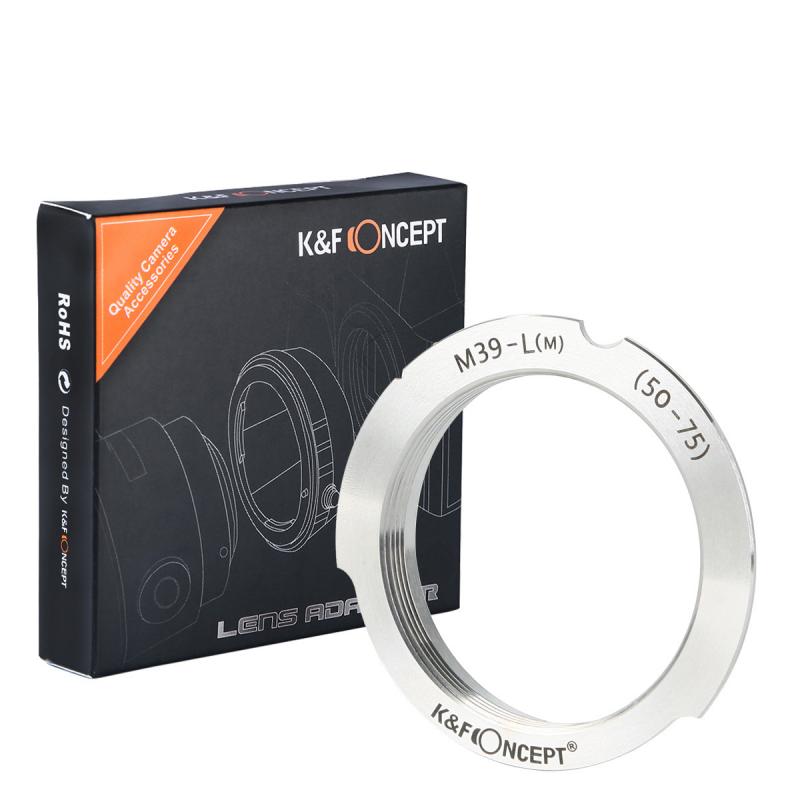
4、 Using step-up or step-down rings to adapt filter size
What size ND filter for a 50mm lens? The answer to this question depends on the filter thread size of your lens. The most common filter thread size for a 50mm lens is 52mm, but it can vary depending on the brand and model of the lens. Once you know the filter thread size of your lens, you can choose the appropriate ND filter size.
ND filters come in different strengths, such as ND2, ND4, ND8, and so on. The strength of the ND filter determines how much light it blocks. For example, an ND2 filter blocks one stop of light, while an ND8 filter blocks three stops of light. The strength of the ND filter you choose will depend on the lighting conditions and the effect you want to achieve.
If you have multiple lenses with different filter thread sizes, you can use step-up or step-down rings to adapt the filter size. Step-up rings allow you to use a larger filter on a smaller lens, while step-down rings allow you to use a smaller filter on a larger lens. This can save you money on buying multiple filters for each lens.
It's important to note that using step-up or step-down rings can cause vignetting, which is when the corners of the image appear darker than the center. To avoid this, it's best to use the largest filter size possible for your lenses and then use step-up rings to adapt to smaller filter thread sizes.
In conclusion, the size of the ND filter for a 50mm lens depends on the filter thread size of the lens. You can use step-up or step-down rings to adapt filter sizes for multiple lenses. However, it's important to be aware of potential vignetting when using step-up or step-down rings.

